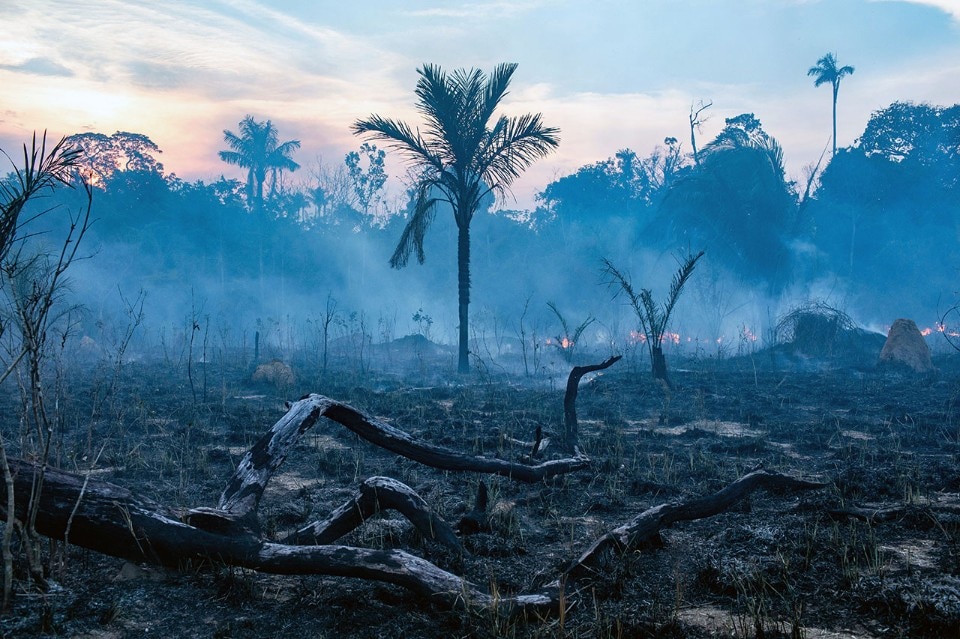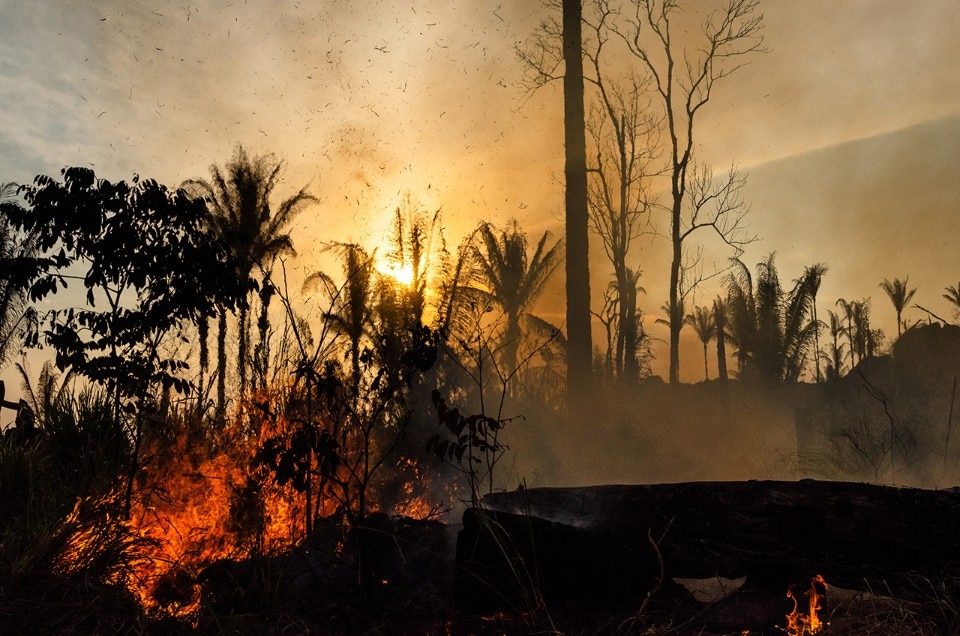This article was originally published on Domus 1039, October 2019
Many people maybe think that cities are made of concrete, stone, and brick – and fixed by ‘others’: politicians, bureaucrats and developers. But the city is made of people; concrete, stone, and brick is only needed to let them live in such close proximity. Few artists who show this ethos better than JR. His style of “graffiti” – in which he pastes enlarged photographs, usually of people, onto buildings and around the city – literally humanizes our urban environments. In this way, JR reminds us who makes the city.
In this issue we see how an enlightened initiative in Medellín has turned areas around the city’s water storage tanks into beautiful ( and much-needed) open spaces and facilities for public use. Thanks to Medellín’s topography, many of these spaces offer astonishing views over the city.
Another way a city can change for the benefit of its citizens is by improving transport. Good mobility allows people to access equal opportunities and to make sustainable choices. But how should a city approach this? In each city the challenges and opportunities are different. Mobility In Chain introduces us to four very different cities (in North America, Europe, and Africa) which have each taken a different approach to mobility with interesting results.
Many people maybe think that cities are made of concrete, stone, and brick – and fixed by ‘others’: politicians, bureaucrats and developers. But the city is made of people; concrete, stone, and brick is only needed to let them live in such close proximity
Those are ways that people have received better urban environments thanks to those with power. But not all of those in power are so generous. Fortunately, some people are occasionally lucky enough to replace those people. In this issue we feature an interview with Ekrem İmamoğlu, whom the people of Istanbul elected as their new mayor this summer. It is the first time in 15 years that Istanbul’s mayor has not been a representative of Recep Tayyip Erdogan’s AK party – a “celebration of democracy”, as İmamoğlu called it when he took office. In the interview he tells us of his plans for the city, many of which centre on the citizens: social housing, pedestrian spaces, and open, transparent competitions to redesign public spaces.
Taking control of the city is not always simple. Sometimes people have to fight for transparency in new developments, and for spaces that put their concerns first. An interesting example is the Quayside district in Toronto, being produced by Sidewalk Labs (a sister company of Google). Google sees the Quayside District as a “human-centred” plan with smart technological solutions to improve the public realm. But the community has been worried by a lack of transparency, a lack of community consultation and privacy issues. They have maintained an impressive resistance – showing there is an important difference between being told that something is good for you, and getting to decide what is good for yourself.

Over the summer many people have been transfixed by images of burning rainforests – in the Amazon and recently in Indonesia too (largely related to the production of palm oil, which we covered in the previous issue of Domus). The potential effects of these fires are alarming. Some scientists talk about a “tipping point” from which the earth may not be able to return. Most of these fires are not accidental, and are the result of political decisions. The questions we must ask are: how do we convince people that saving the environment is in their interests? How do we stop telling them that being green is good for them, and instead help them realise it for themselves? How do we convince them to take back control of the environment in the same way they are taking back control of the cities?
Opening picture: Fires in the Amazon rainforest in the area of Novo Progresso, state of Pará, in the north of Brazil, August 2019. Photo Gustavo Basso/NurPhoto via Getty Images


